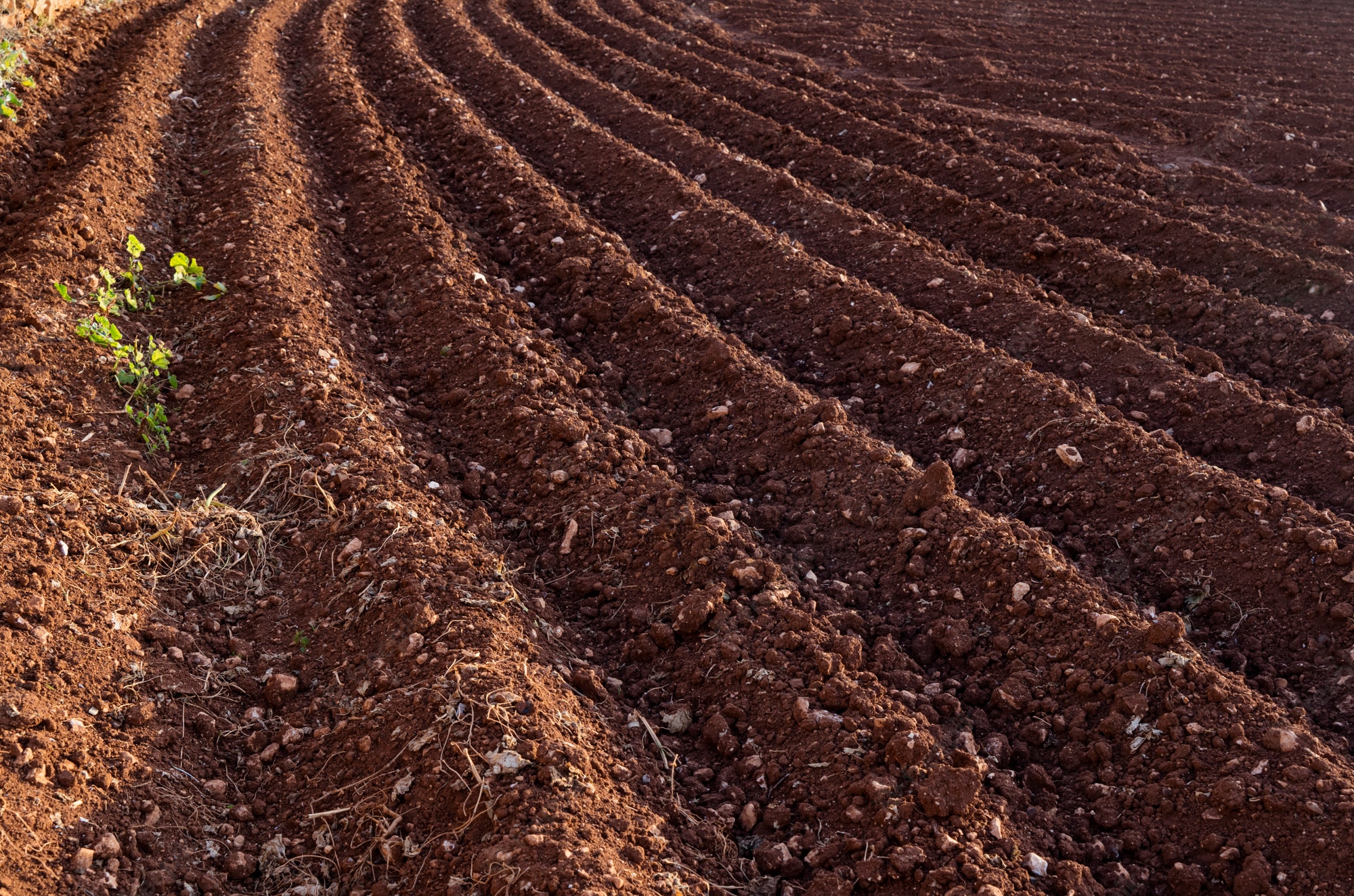Soil land must be plowed when farming is intended on it; this simple practice was undoubtedly a great contributor to agriculture and even human civilization.
When men learned to cultivate their soil, they became sedentary, settling in the same place and that is how the first political and social organizations were born, which managed to seek to improve coexistence.
So then, the plow as such is a symbol of fertile work and peace, which undoubtedly exalts human beings.
What is the plow?
It is an agricultural tool which is used to open furrows and thus remove the soil, before proceeding to sow the seeds there, in other words it is the evolution of the hoe and the pick.
The birth of the plow
Men at some point felt the need to be able to reach deeper layers of the earth to be able to sow and cultivate and that is how the first farmers were born, they took a hoe and applied a force that allowed them to dissuade the earth and thus be able to renew the bed where the seeds would later germinate and be nourished.
It is believed that the first plow dates from the year 6000 BC which was done with a very simple procedure that basically consisted of taking a hoe that had ropes, which were pulled by the man.
Thousands of years had to pass for man to domesticate mules or oxen so that they would be the ones to pull the plow; in some areas horses took care of it and nowadays it is more common for tractors to do it. This evolution, as you can see, was making it possible to drag more weight and thus also be able to drive deeper into the ground.
It is believed that the plow originated in Mesopotamia and that the one made with animals comes from Rome.
The current plow
Agriculture has taken leaps and bounds, now there are much more advanced techniques that compared to those primitive plows are of great progress, in fact now a single person can perform work that in other times required 50 people or more, likewise each agricultural area it is also of a much larger size and with a good crop yield. Those plows that are dragged by tractors manage to plow many furrows at the same time and they are disc or plowshares, this is complemented with good drag plows, which allow excellent preparation of the land for planting.
Why plow the land?
Doing these increases prosperity, the plants will grow more leafy and faster, although it must be taken into account that when the earth is removed there is also a loss of water through evaporation and also of soil through erosion. And additionally, if there are eventual rains, they take the fertilizers and the nutrients.
What is sought when the land is plowed is that the soil conditions improve, so if, for example, there is a totally flooded soil, the plow will help prevent too much water from accumulating on the surface; if the soil is very dry, it will be sought that it retains water in a good way.
You have to plow the land but without reaching the abuse.
There are those who say and give arguments that the land should not be ploughed, but the truth is that it is a resource that exists and that we can use, but it is good that a balance is sought, because something can be positive until the moment It gets to abuse that and on the contrary, instead of benefits, prejudices begin to emerge.
For this reason, the trend today is the so-called conservation tillage, which is the one that seeks to plow the land only when it is seen that it is strictly necessary, not in an abusive way where some physical benefits could actually be lost. .
Type of plows
- Cultivator: with this one a superficial work is done, to later sow the seeds.
- Tope or ripper: this is the one used for deeper works, those that go over 50 cm; It is also called subsoil or mole plow if it is accompanied by a metal cone, which is responsible for creating a small conduit in clay soils and thus facilitates drainage.
- Moldboard: It is a large lateral blade that is responsible for moving the earth to one side and then turning it over.
- Double moldboard: It is like the previous one, but it has two blades and it can dig furrows when it displaces the earth.
- Blades: a single plow is made by means of a horizontal blade that measures more than 1 meter; it is used for those tasks that are superficial.
- Disc: it is the one in charge of cutting and turning the earth with the discs and also the vegetable remains that are there.
- Milling machine or retouched: it has a shaft or several that have metal blades, it is for shallow shredding.
- Rostra de tines: it is a frame that has metal tines vertically.

















